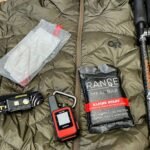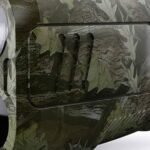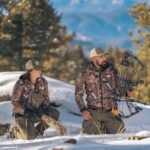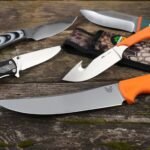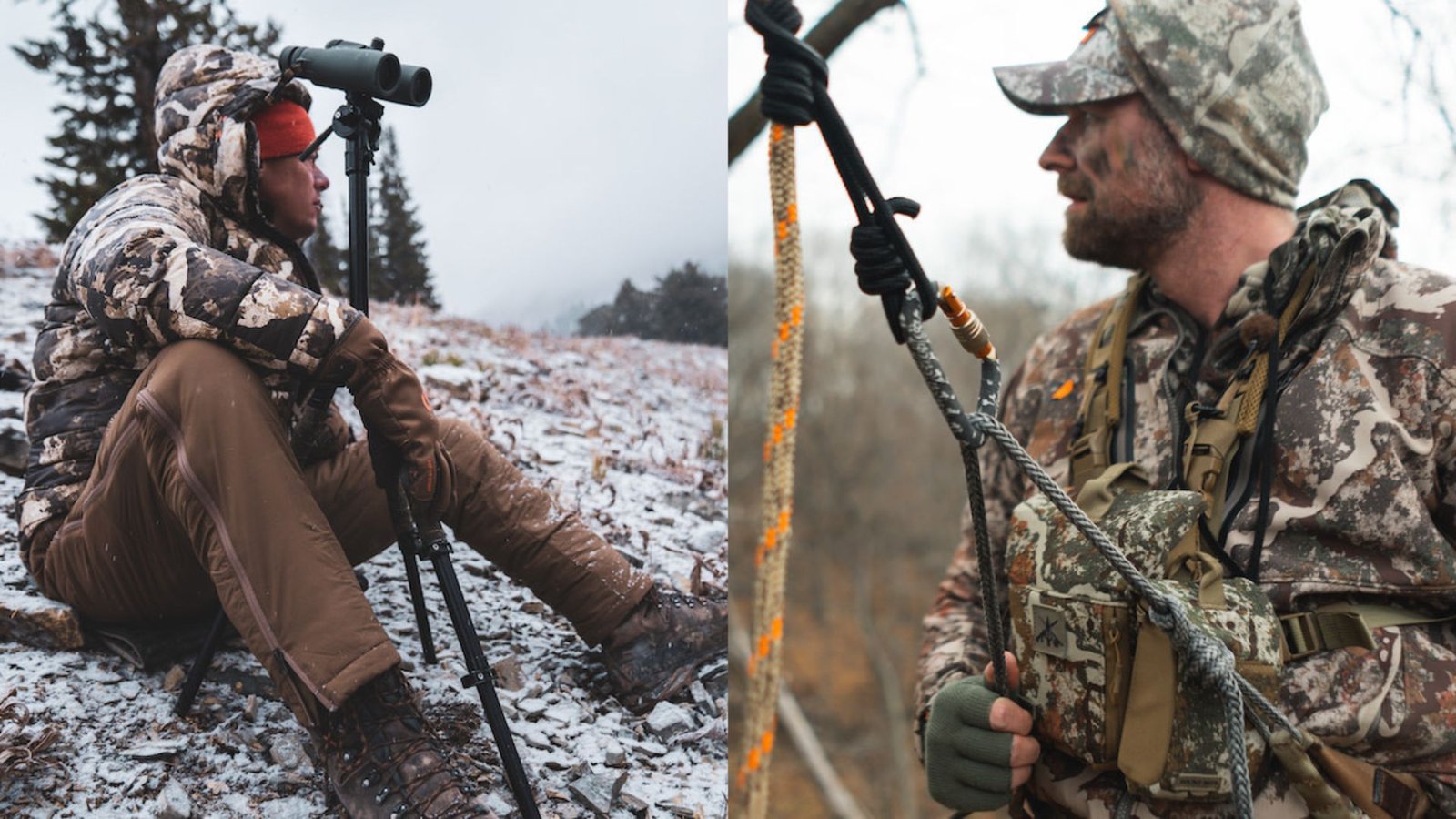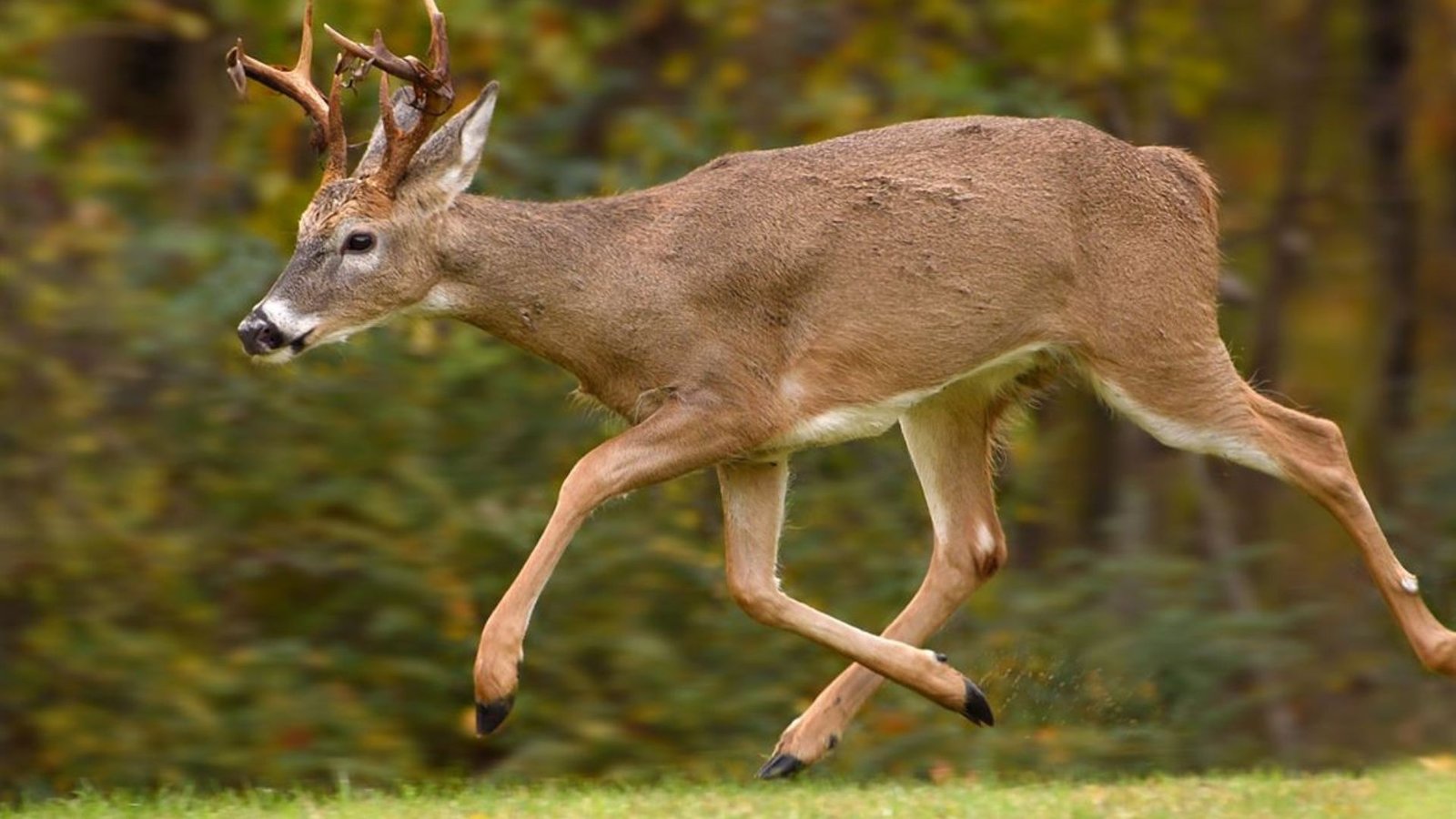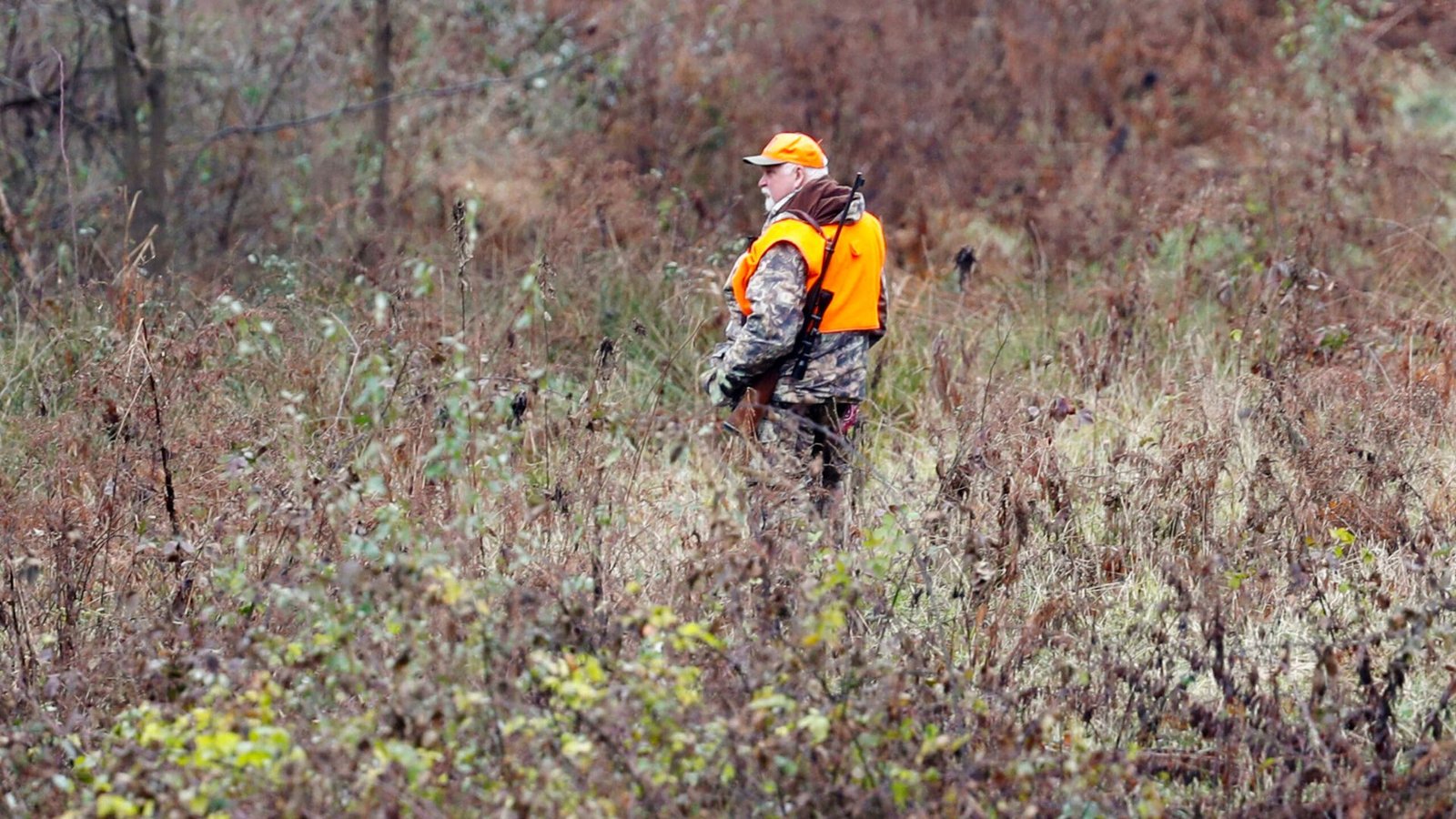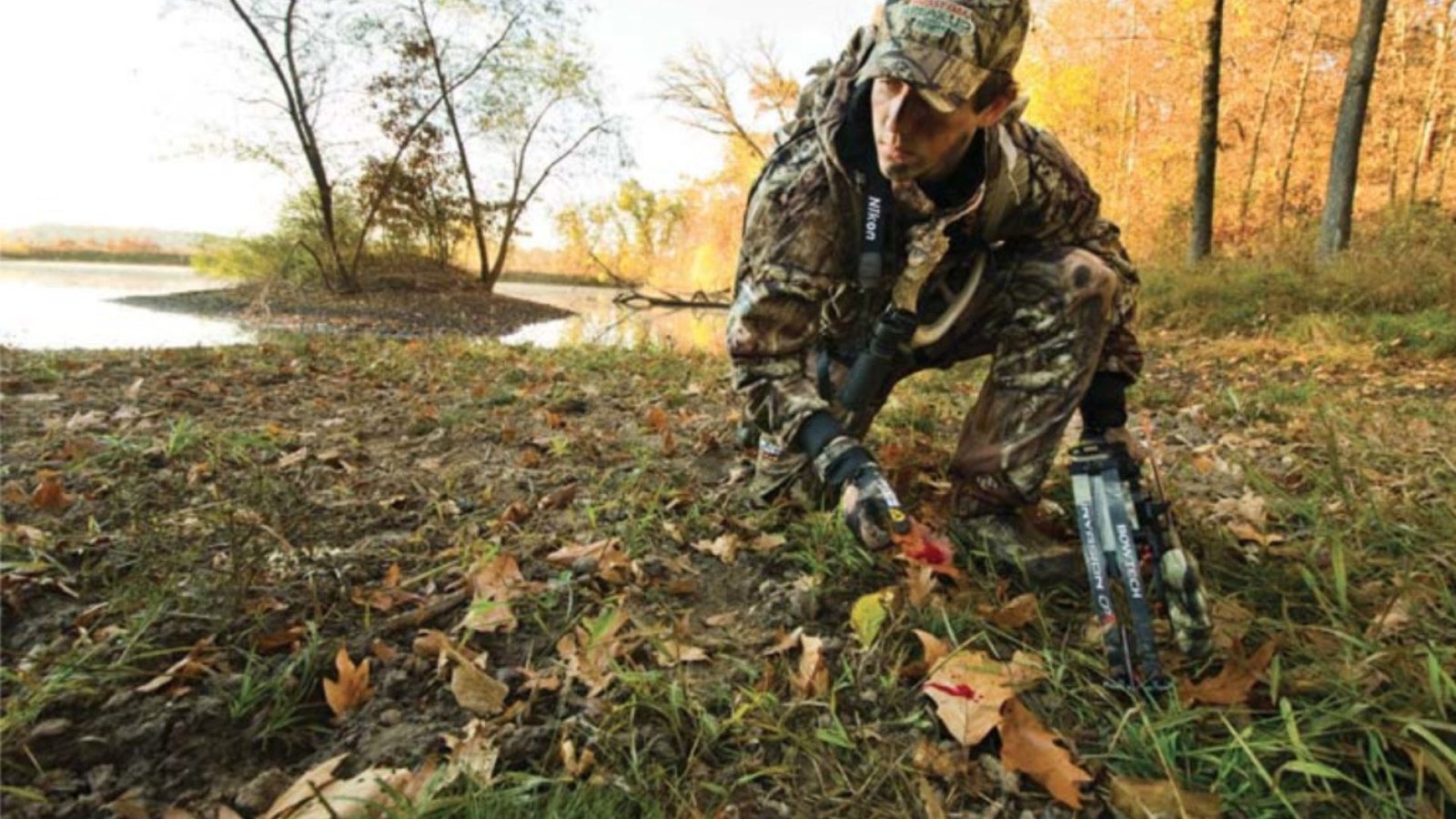Tracking deer is an essential skill for hunters, and as you gain experience, it’s crucial to refine your techniques. While beginners often focus on basic tracking methods, advanced deer tracking techniques can give you an edge in more challenging conditions. These techniques will help you locate deer in various terrains and improve your chances of success. In this article, we’ll explore advanced deer tracking techniques, tools, and strategies to elevate your hunting game.
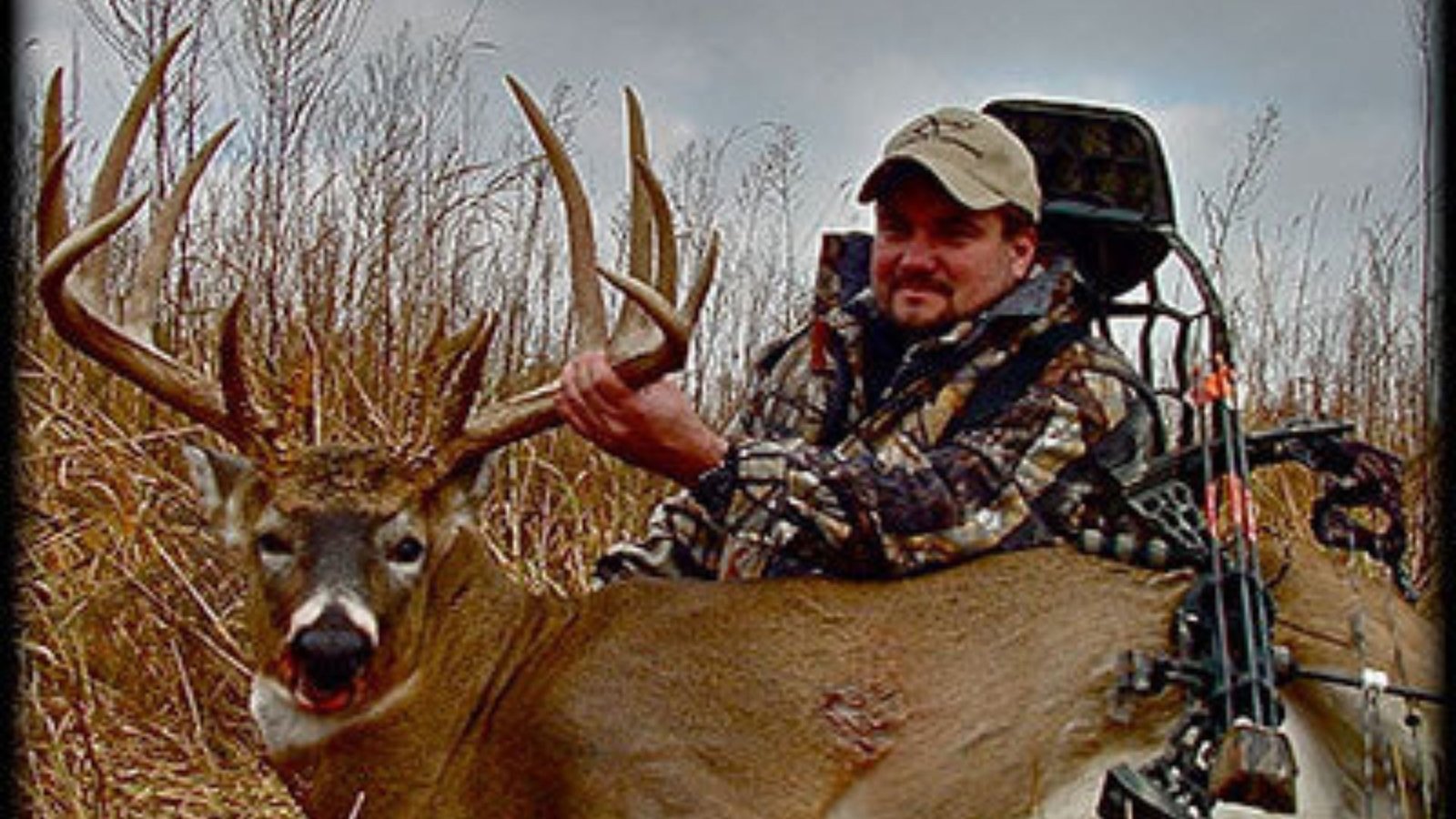
1. Reading Deer Tracks More Accurately
One of the most important skills in deer tracking is being able to accurately interpret deer tracks. While it’s easy to spot tracks, understanding what they mean is crucial for effective tracking. Here’s how to read deer tracks more accurately:
- Track Size and Shape: A deer’s track size can vary depending on its age and species. Adult deer have larger, deeper tracks, while younger deer leave smaller, lighter prints. Knowing the difference can help you understand if you’re tracking a mature buck or a fawn.
- Track Depth and Freshness: The depth of the tracks can tell you how much weight the deer was carrying and how fresh the tracks are. Deeper, more distinct tracks often indicate that the deer was moving slowly and recently passed through the area.
- Impression of Hooves: Deer hooves are split into two distinct sections. Look for any additional signs like mud or snow that may be caught between the splits. This can help you determine the direction the deer was heading and whether it was running or walking.
- Track Pattern: Pay attention to the spacing between tracks. A deer that is walking will leave consistent, even tracks, while a running deer will have larger gaps between footprints. This information can help you predict the speed and behavior of the deer.
By carefully studying the tracks, you can determine the age, speed, and direction of the deer, giving you vital clues for tracking.
2. Tracking in Snow
Tracking deer in the snow presents both challenges and opportunities. While the snow makes it easier to spot tracks, it also covers up some of the other clues you might rely on in other terrains. Here are some advanced snow-tracking techniques:
- Use of Snow Types: Different types of snow can reveal different tracking information. Fresh, soft snow will show clearer and more detailed tracks, while harder, crusted snow can hide details. Soft snow is the best for detailed tracking, so it’s important to track soon after the snow has fallen.
- Look for Bedding Areas: Snow makes it easier to spot areas where deer have bedded down. These areas often have an indentation in the snow, showing where the deer spent time resting. By finding these spots, you can figure out where deer are coming from and going.
- Identify Disturbed Snow: When deer move through the snow, they disturb it. Even if their tracks are not immediately visible, look for areas where the snow is disturbed, like broken twigs, flattened grass, or the movement of the snow itself. These can provide crucial information on the deer’s path.
- Watch for Tracks on Trails: Deer often use established trails in the snow. These trails are typically narrow, well-worn paths that make it easier to follow their movements. If you find a well-traveled deer trail, it’s worth sticking to it and watching for more signs.
Tracking in snow is highly effective because of the visibility and detailed impressions it leaves. Patience and keen observation are key in snow tracking.
3. Using Wind to Your Advantage
Understanding and using the wind is a critical element in advanced deer tracking. Since deer rely heavily on their sense of smell, the wind can either help or hinder your tracking efforts. Here’s how to use wind to your advantage:
- Approach From Downwind: Deer have a keen sense of smell, and they often use the wind to detect predators. To avoid detection, always try to approach the deer from downwind. This way, the wind will carry your scent away from the deer and prevent them from picking up on your presence.
- Use Wind for Directional Clues: If you’re trying to track a specific deer, observe the wind’s direction as you follow the tracks. The wind can help you determine the direction the deer is headed, making it easier to predict where they might go next.
- Change Your Position: Deer often change direction depending on the wind, especially if they sense danger. By repositioning yourself based on wind patterns, you can stay ahead of the deer and avoid being detected. Always be aware of changing wind conditions, as they can alter the deer’s behavior.
By mastering the wind and understanding how deer respond to it, you can increase your chances of getting closer to your target.
4. Using Deer Scent and Lures
Using scent is one of the most advanced tracking techniques that can help you locate and track deer more effectively. Scents can provide information about the deer’s presence and behavior, as well as draw them closer to your position. Here are some tips for using scents in tracking:
- Use Scrape and Rub Areas: Bucks often create scrapes and rubs during the rut to mark their territory. These areas are often surrounded by strong scents that can help you track deer. Look for these areas and use scents like doe estrus urine to attract bucks.
- Scent Lures and Attractants: Scent lures such as buck urine, doe urine, and estrus scents can be highly effective in drawing deer to your position. Apply the scents to scent wicks or in areas where you think deer might travel.
- Follow the Scent Trail: Deer leave a trail of scent as they move through the woods. By following the scent trail, you can often find out where the deer has been and how long ago it passed through the area. This helps you determine how fresh the trail is and how close you are to the deer.
Using scent to track deer is not only about attracting them,but also about gathering information on their movement and behavior. It can give you a significant advantage in both tracking and hunting.
5. Technology-Assisted Tracking
In addition to traditional methods, there are now advanced technologies that can assist in deer tracking. These tools can help you gather more precise information and track deer more effectively:
- GPS Tracking Collars: Many wildlife researchers use GPS collars to track the movement of deer in rereal timeThese collars send signals that hunters can use to track the exact location of the deer. While GPS collars are generally used for research, they can be incredibly helpful for locating deer over large areas.
- Trail Cameras: Installing trail cameras at various points along potential deer paths allows you to monitor deer movement and behavior. These cameras capture photos of deer as they pass, helping you learn more about their habits, feeding patterns, and activity times.
- Smartphone Apps and Mapping Tools: Advanced hunting apps like OnX Hunt and HuntStand provide GPS mapping, waypoints, and property boundaries to help hunters track deer more effectively. These apps allow you to plan your route, monitor the wind, and even share data with other hunters.
By incorporating technology into your tracking techniques, you can make the process more efficient and effective, ultimately improving your hunting success.
6. Patience and Observation
One of the most important aspects of advanced deer tracking is patience. Tracking deer takes time, and it’s easy to become frustrated or rushed. To improve your tracking skills:
- Be Patient and Observant: Take the time to carefully examine your surroundings. Deer may leave subtle clues such as broken twigs, shifted leaves, or fresh droppings that indicate their presence. These small details can provide important information on the deer’s behavior and movement.
- Take Breaks and Review: If you lose the trail or get tired, take a break. Sometimes stepping back and reviewing the area can give you a new perspective on the situation, helping you spot things you missed earlier.
Tracking deer requires a combination of patience, observation, and the ability to interpret signs. By practicing and honing these skills, you can become a more successful and efficient tracker.
Conclusion
Advanced deer tracking techniques require a deeper understanding of the deer’s behavior, environment, and the tools available to you. By mastering the art of reading tracks, using the wind to your advantage, employing scents, and leveraging modern technology, you can increase your chances of success. With patience and practice, you’ll be able to track deer more accurately and efficiently, making your hunting experience more rewarding. Happy tracking!



